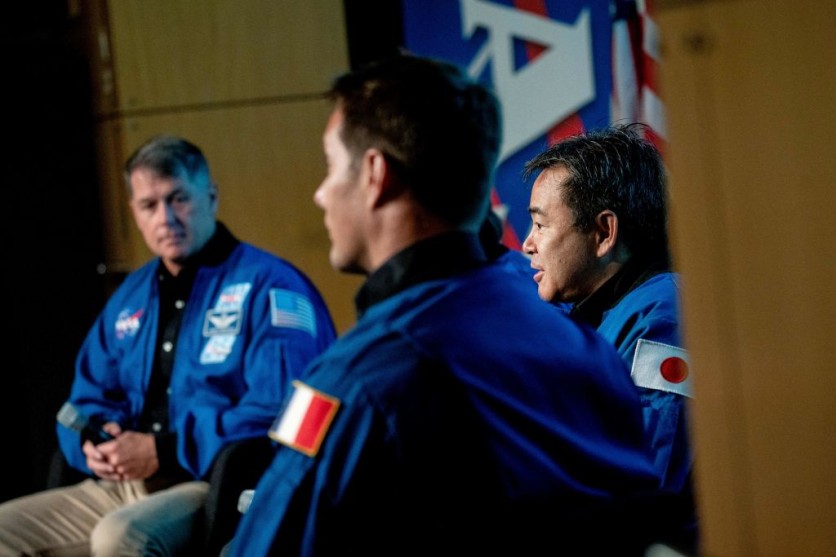Japan's H-IIA rocket that was supposed to launch in May was postponed until August, according to NikkeiAsia.

Japan Aerospace Exploration Agency (JAXA) said the cancellation is because the rocket has many of the same components with the H3 rocket that failed to launch in March.
A Failed March Mission
The 47th H-IIA rocket was supposed to launch from the Tanegashima Space Center with a payload that includes JAXA's first lunar lander, SLIM, and a satellite with a space telescope.
Aside from the H-IIA, the country has two other rocket types, the smaller Epsilon, which experienced a launch failure in October, and the large H3 self-destructed on March 7 after the second-stage engine failed to ignite.
Also read: JAXA's Ultra Small Lander Omotenashi Fails to Receive Transmissions From Earth
What Has to Be Done
For the H-IIA to launch in May, it will need to start the fueling process for the SLIM lander in March, but the investigation of the cause of the H3's failure is still ongoing.
In addition, the latest planed mission is to land a vehicle on the moon. To do this, the launch should be timed to the moon's orbit, pushing the next launch window back to August or later. The delay could end up being more than three months as it will all depend on how long the H3 investigation will take.
It is worth noting that six months have passed since the Epsilon failed, but its cause hasn't been determined. Considering the H3 is much larger and has more parts, the investigation could take years.
Mitsubishi Heavy Industries is the prime contractor for the H-IIA launches since 2007. With the postponement, they raise concerns about how this will impact the business. One thing's for sure, this will have an impact on Japan's space program, along with space exploration and scientific experiments.
These repercussions will also extend to efforts to build out the Quasi-Zenith Satellite System, an Asia-Oceania positioning system that is being led by Japan. Their missions to supply the International Space Station (ISS) may also be affected.
Satellite launches have become more common in recent years, with private companies joining government agencies in launching satellites into orbit.
Today, satellite launches are conducted using a variety of rockets, including SpaceX's Falcon 9 and Falcon Heavy, Blue Origin's New Shepard, and United Launch Alliance's Atlas V. These rockets are designed to carry not only satellites, but also crewed spacecraft and other payloads. The increasing frequency of satellite launches has led to greater global connectivity, as well as advancements in scientific research, weather monitoring, and navigation.
With ongoing research and development in the field of aerospace, it's likely that we'll continue to see advancements in satellite launches in the years to come.
Related article: Japan's H3 Rocket Launch Fails, Ordered to Be Destroyed Shortly After





